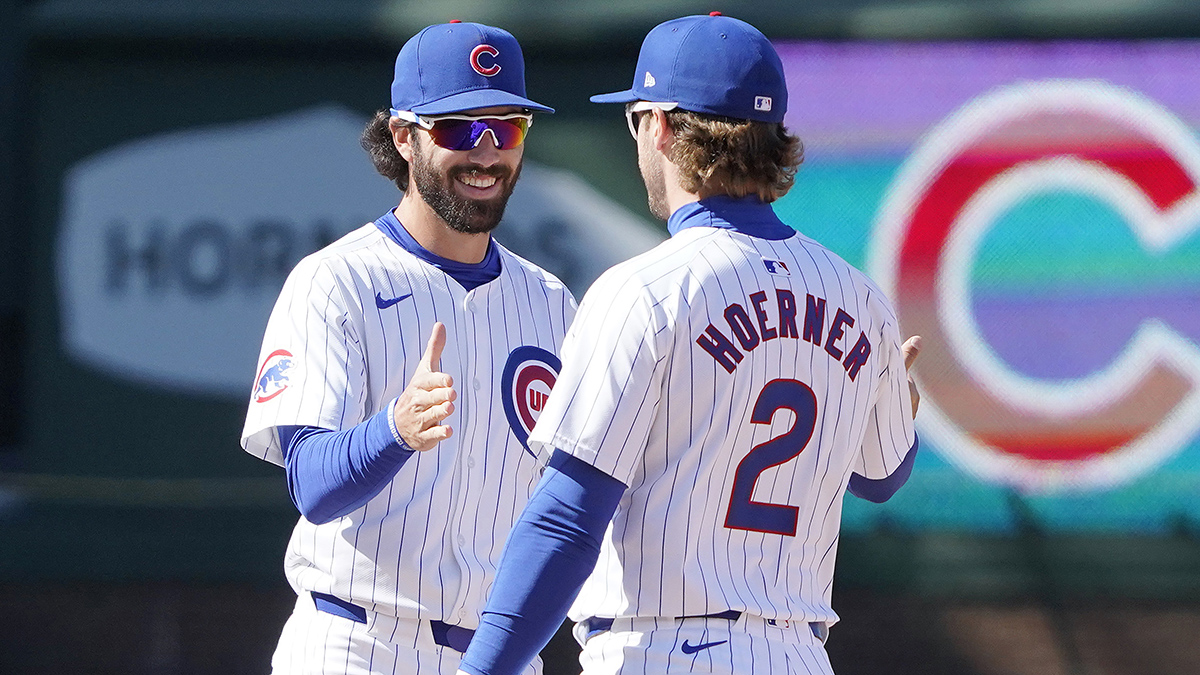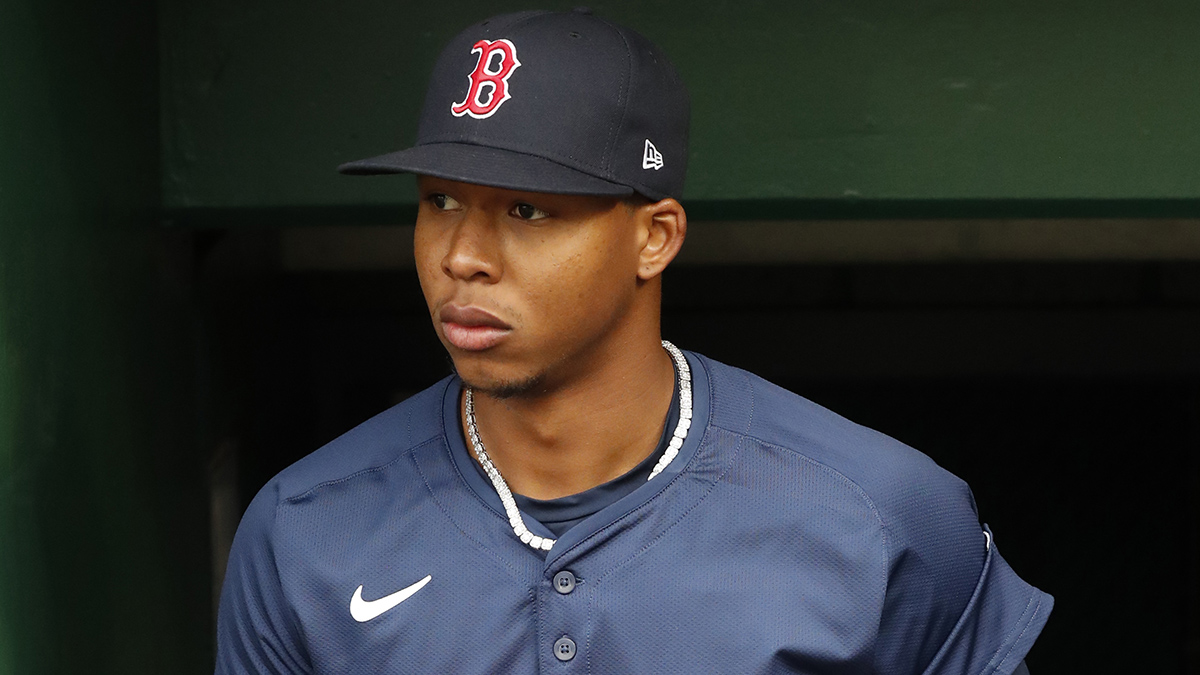Major League Baseball's new pitch clock rule will take some getting used to.
Starting this year, there is a 30-second timer between batters. Between pitches, there is a 15-second timer when the bases are empty and a 20-second timer with runners on base.
Pitchers must begin their motion to deliver the pitch before the timer expires. A failure to do so results in an automatic ball. Batters must be in the box and alert to the pitcher by the eight-second mark of the timer, or they will be charged with an automatic strike.
Stay in the game with the latest updates on your beloved Boston sports teams! Sign up here for our All Access Daily newsletter.
The rule came into play at the most pivotal time of Saturday's Boston Red Sox-Atlanta Braves spring training matchup. In the bottom of the ninth with a full count, two outs, the bases loaded, and the game tied at six, Braves hitter Cal Conley didn't get set in the batter's box in time. The result was an inning-ending strikeout that, since it was spring training, also ended the game.
Watch the wild sequence below:
NESN's Mike Monaco said it best: this is baseball in 2023.
The pitch clock has the potential to greatly benefit the sport going forward. There's no denying it helps the pace of play issue that has plagued baseball for years. That said, there are bound to be some growing pains.
Boston Red Sox
Moments like that one won't be as humorous when they're costing teams games in the regular season or worse, the postseason. It's an issue MLB will have to consider ahead of Opening Day as several players already have violated the rule through the first two days of spring training.
For now though, while the games don't matter, it makes for some great entertainment.


